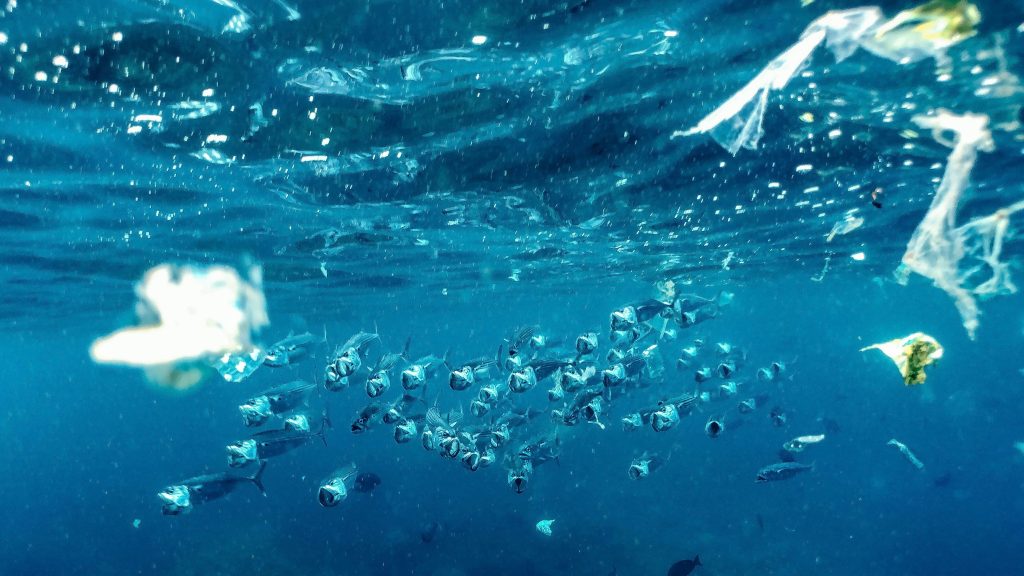
Insights from MDPI Top Picks: October 2024
In this October’s Top Picks, we will look at a variety of exciting research articles published in MDPI’s Open Access journals, covering topics such as microplastic waste management, learning behaviors and genetic analysis of new viral variants.
Removal of Organic Micropollutants via Ozonation Followed by Granular Activated Carbon Filtration
Published in: Environments
Microplastic pollution is an ever-growing problem. A novel paper published in Environments looks at how to prevent the release of microplastic and organic pollutants from wastewater treatment plants into the aquatic environment. This encompassed a process called ozonation, a type of disinfecting treatment, followed by granular activated carbon filtration. They then measured the concentration of different nitrogen and phosphorus compounds in the water to test how clean it was.
The researchers found that more than 80% of the pollutants were removed after the water was treated by ozonation and granular-activated carbon filtration. The article also compares other components such as microplastics, organic micropollutants, carbon parameters and nitrite concentration of the treated vs untreated water under different treatment conditions.

Research on wastewater treatment is essential, particularly in the current climate of mass-scale plastic production, usage and disposal. The research is highly beneficial to ensure the continuous development of efficient water treatment strategies, ensuring aquatic environments and life remain unharmed and preserved.
‘Today, wastewater treatment plants release harmful pollutants for flora and fauna into the water. Our study presents a process consisting of an ozonation and granular activated carbon to minimize these harmful emissions like organic micropollutants, microplastics, and nitrogen and phosphorous compounds. The results of the pilot plant show a good reduction of most of these pollutants which is promising for an effective protection of the aquatic environment.’ – Zoé Béalu, an author of the study.
Comparison of Immersion and Portable Ultrasonic Housing to Quantify the Adhesive Bond Thickness and Sizing of Foreign Objects
Published in: Materials
A feature paper published in Materials explores the use of ultrasonic waveform data, which refers to a type of mechanical wave commonly used for things like industrial non-destructive testing of the integrity of high-performance materials, such as carbon fibre. Specifically, the researchers tested a novel housing system for an immersion-style ultrasound with spherically focused probes. In the past, this type of technology required an immersion tank, but this research shows an out-of-tank portable approach.
Dr. David Jack, one of the authors of the paper, comments on the research carried out and its importance:
‘The paper presents a new approach for collecting ultrasonic waveform data. Up until this time, methods for high-resolution waves captured using ultrasound required the use of an immersion tank. This arises from the need to have an acoustic coupling between the transducer and the component being inspected. Historically this has been done by submerging a component in water. Alternatively, inspectors would sacrifice quality and resolution for an inspection and use an acoustic gel, similar to what is done in the medical field, and place the transducer against the component being inspected.’
Knowledge of Learning Strategies and Motivation to Use Them: Similarities and Differences between School Levels
Published in: Behavioral Sciences
An article published in Behavioral Sciences analyses the different approaches and strategies to the learning of middle and high school students. Understanding these motivations and how students self-regulate in the context of education is important for educational establishments to be aware of.

The study looked at the varying motivations between middle and high school students to use different learning strategies. Surface learning strategies support problem-solving abilities, while deep learning strategies support integration and transformation.
The study analysed 6287 middle school students and 5476 high school students in Estonia and had them complete electronic questionnaires to compare their perceptions of learning strategies and their motivation to use them. The high school students valued effective strategies more than the middle school students did. Looking at how students rank learning strategies is a good indicator of their knowledge of them, with the study showing that the students in Estonia had a good knowledge of different concepts and placed a reasonably significant value on using different learning strategies.
Emergence of a New Pathogen: A Retrospective Study of HPeV-5 Central Nervous System Disease in Alberta, Canada
Published in: Viruses
The Human Parechovirus is a type of virus that is life threatening to babies and young infants. It is known to cause meningitis in those infected. A study published in Viruses looks at different types of the virus which cause infections within the central nervous system. The study uses genomic analysis of different strains of the virus to describe and compare them.
Dr. Vayalumkal, an author of the study, describes the aims of the study and its relevance in the field of virology:
‘This study describes cases of Human Parechovirus central nervous system infections occurring in the province of Alberta, Canada, from 2014–2019. Clinical and epidemiological data about HPeV-3 infections as well as the less common HPeV-5 infections are provided. It is one of the largest series of HPeV-5 infections described to date.
Furthermore, it provides a unique genomic analysis comparing the strains of HPeV-5 to previously reported strains from other parts of the world. This study provides a distinctive combination of clinical, epidemiological and genomic data regarding this emerging pathogen.’
To learn more about MDPI’s open research, click here for a full journal list which contains the latest research articles that are accessible and free to read immediately.










